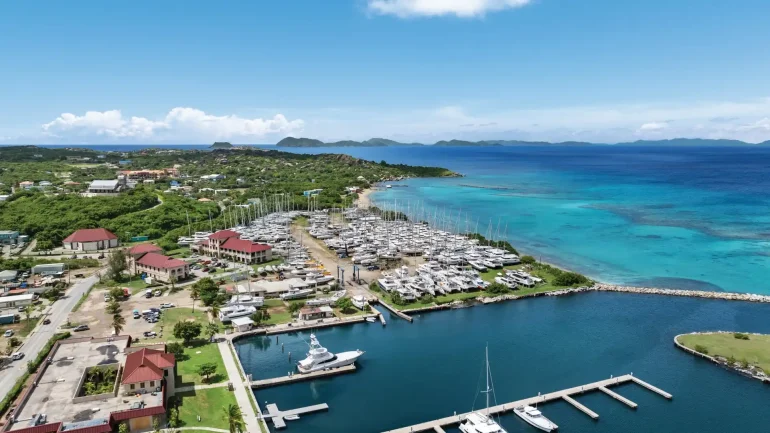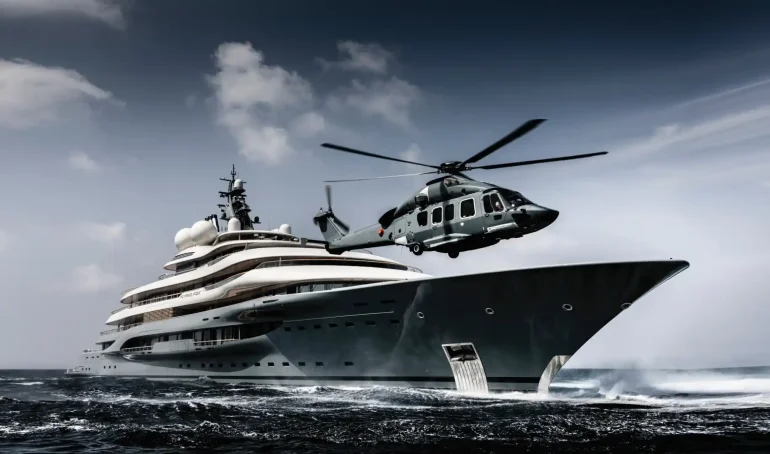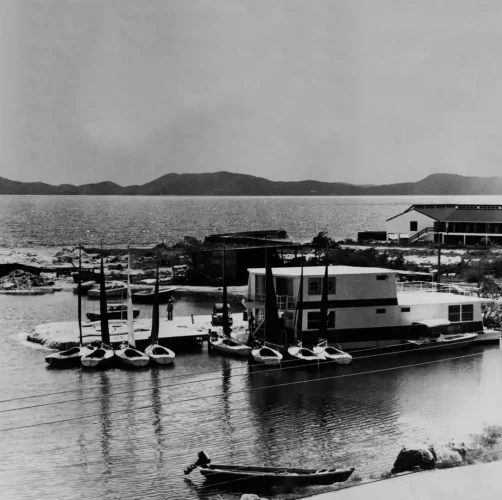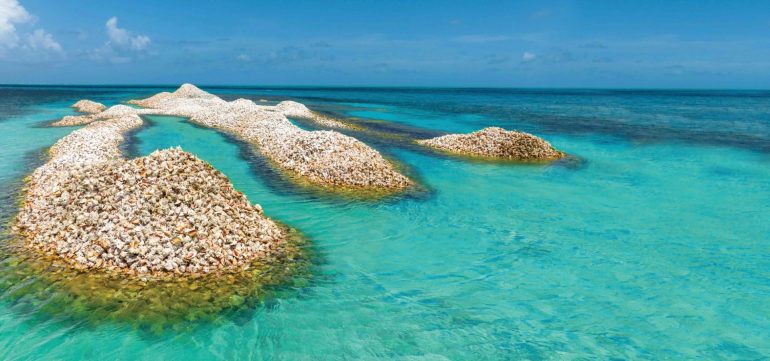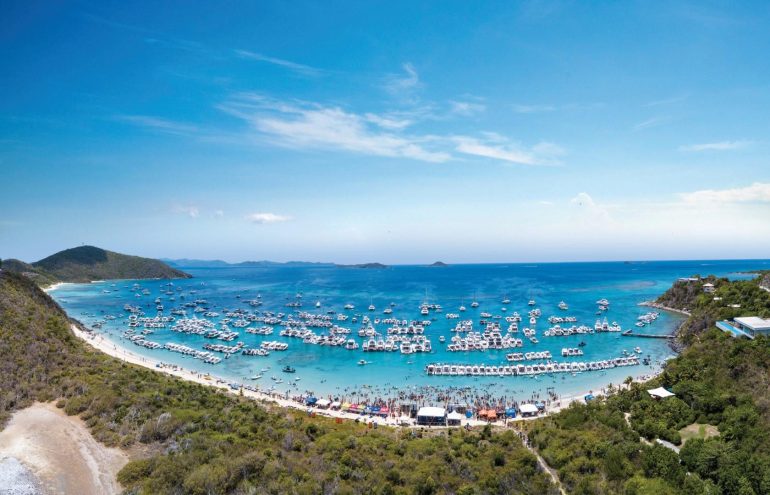THE ECONOMICS OF SUSTAINABILITY – As more homeowners become aware of the environmental crisis, they turn to their design professionals for the best possible solution for their project. With many innovative, eco-friendly technologies currently on the market, as well as proven design techniques that can significantly reduce the negative impact on the environment, “going green” is becoming easier. Yet, there is one question that is always asked when considering the benefits of building green: “Does a green home cost more?”
There is no simple answer to this; every project is unique. The most obvious area of potential savings is in the reduction of operating costs through optimal performance and peak efficiency. For instance, energy efficient, green designed homes can use less than half of the power it takes to run a standard home.
Investing in Alternatives
Due to our dependence on imported oil, electricity costs in the BVI are high. These costs are not likely to decrease in the future; oil is becoming an increasingly precious commodity. Rather than becoming reliant on this infrastructure, it makes a lot of sense to aim to be as independent and self-sufficient as possible.
The most abundant natural resources available to Caribbean dwellers are the sun and wind, which can be exploited to provide electricity using photovoltaic panels and wind turbines. Whilst the initial costs of purchasing and installing the equipment may be slightly higher, the payback period for this clean, quiet and maintenance-free equipment is approximately nine years, thereafter providing free power. This payback period is expected to drop to as little as five years in the future, with the anticipated introduction in the BVI of government subsidies for alternative energy equipment. The system can be scaled to suit the needs of the owner, and can be expanded over time to increase the supply, to provide from 20% to 100% of power.
In many parts of the world with abundant sunshine, solar hot water systems are the norm, rather than the exception. Although these systems have not been widely adopted in the BVI, they are becoming more commonplace, and are another way of reducing energy costs, offsetting and paying back the initial investment in a two to three year period.
Liquid Assets
Another important step in cost-effective, green design is consideration for water conservation equipment. Traditionally in the BVI, buildings are built with a large cistern for storing rainwater. This is an excellent, simple, environmentally friendly method of providing water to a building. However, as town water availability in the Territory increases, owners are increasing their reliance on this and placing less emphasis on their cistern supply.
An environmentally-minded architect would encourage his or her client to make the most of their cistern water; simple purification and filtration equipment can provide good potable water, whilst reducing both the monthly water bill and demand on public infrastructure. Water-efficient landscaping, using native or adapted planting and drip irrigation systems, will reduce water consumption and maintenance costs. Water conserving plumbing fixtures, fittings and appliances are becoming more readily available and more competitively priced.
Building Wealth
Other ways to improve environmental performance include careful consideration of the location and orientation of the building on the site; maximization of natural ventilation and natural lighting; and use of shading elements to reduce solar gain. Successful implementation of these measures can actually reduce building costs. The designer should also consider the use of roof insulation and reflective wall and roof materials; effective and simple moves with minimal cost implications.
With the limited choice of building materials available in the BVI, designers must seek environmentally-friendly materials such as sustainably forested wood, low toxicity paints and adhesives, and products containing recycled materials from elsewhere. Although costs of these products can be slightly higher than conventional products, there is a marked increase in demand which is leading to an equalization of costs and an improvement in availability.
Bottom Line
Although there is no specific price range for building green, research has shown that costs for construction of LEED (Leadership in Energy and Environmental Design) certified buildings can be between two to seven percent higher than costs for typical homes. However, when other benefits such as reduced running costs and enhanced indoor and outdoor environmental quality are taken into consideration, as well as the knowledge that the building’s overall environmental impact has been minimized, the owner can feel confident that in choosing to “go green”, they are making the right decision.
Next month…
In the next installment of the Building Green series, we will discuss site selection, landscaping, drainage and irrigation.
Steve Fox is a Senior Architect for OBM International’s BVI office. He is a Leadership in Energy and Environmental Design (LEED) accredited design professional and co-founder of the BVI Sustainable Living Network.
For seven decades, OBM International has been the premier full-service design-consulting firm in Bermuda and the Caribbean. Today, with nine multinational offices, projects throughout the world and a diverse team of experts, OBM is a global leader in luxury hotel/resort design development, architecture, master/town planning and interior design, with landmark projects in the Caribbean, the Americas, Europe and the Arabian Peninsula.
OBM currently has design offices located in Antigua, Bermuda, British Virgin Islands, Cayman Islands, Madrid, Miami, Trinidad and Tobago and Turks & Caicos Islands, a strategic alliance in the Bahamas, and a business development office in Bath (UK).

